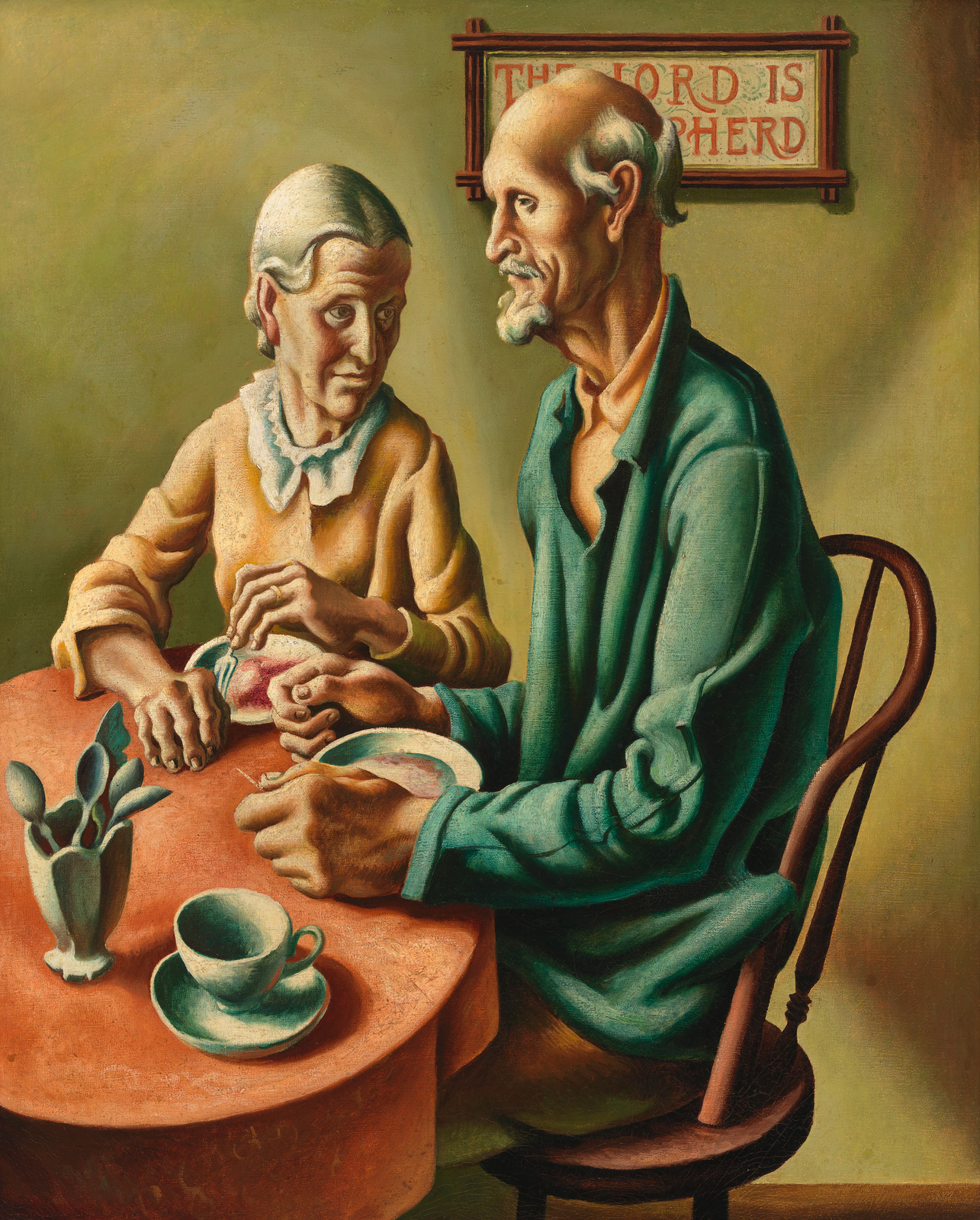Not on view
Date
1926
Classification
Paintings
Medium
Tempera and oil on canvas
Dimensions
Overall: 33 3/8 × 27 7/16in. (84.8 × 69.7 cm) Image: 32 5/8 × 26 3/4in. (82.9 × 67.9 cm)
Accession number
31.100
Credit line
Whitney Museum of American Art, New York; purchase
Rights and reproductions
© T.H. Benton and R.P. Benton Testamentary Trusts / Licensed by VAGA at Artists Rights Society (ARS), New York
Audio
-
0:00
Thomas Hart Benton, The Lord is my Shepherd, 1926
0:00
Narrator: A man and a woman are finishing a frugal meal together. You can see there are only two plates on the table, an empty coffee cup, and a sugar bowl full of spoons. The couple may be poor, but they seem to have great dignity. Notice how their powerful, gnarled hands invoke a lifetime of hard work.
The painter, Thomas Hart Benton, knew these people. Here, they become symbols of the old-fashioned rural values he championed. Benton was one of a group of painters in the thirties who turned their backs on the sophisticated world of cities. They embraced a nostalgic, idealized vision of a simpler life. Critics called them American regionalists, and Benton made no bones about preferring America to Europe. He once said “I love America. It motivates me; it is a constant source of stimulation to my own activity. Its people and its way have values for me which are intensified year by year.”
Notice the sampler hanging on the wall behind the man’s head. You can make out part of a quote from the Bible. It says “The Lord is my shepherd.” The man and his wife stand for faith, hard work, temperance, and endurance—the qualities Benton thought could save the country in troubled times.
-
0:00
Thomas Hart Benton, The Lord is my Shepherd, 1926
0:00
Narrator: Un hombre y una mujer comparten una comida frugal. Solo hay dos platos sobre la mesa, una taza de café vacía y una azucarera llena de cucharas. Aunque se trate de gente pobre, la pareja demuestra una gran dignidad. Observa las manos de ambos, potentes y llenas de nudosidades, que evocan toda una vida de trabajo duro.
El artista, Thomas Hart Benton, conocía a esta pareja. En la pintura, ellos se vuelven símbolos de los viejos valores rurales que él defendía. Benton era parte de un grupo de artistas en la década del treinta que eligió renegar de la sofisticación del mundo urbano. El grupo acogió, en cambio, una visión nostálgica e idealizada de una vida más simple. La crítica los ubicó dentro del movimiento estadounidense conocido como regionalismo, y Benton nunca se esforzó por disimular que prefería Estados Unidos antes que Europa. Él mismo dijo: “Amo este país. Me motiva, es una constante fuente de inspiración en mi profesión. En su gente y sus modos hay valores que se intensifican en mi interior año tras año”.
Observa el pequeño cuadro en la pared, detrás de la cabeza del hombre. Es posible leer allí una parte de una frase de la Biblia: “El Señor es mi pastor”. El hombre y su esposa representan la fe, el esfuerzo, la templanza y la resistencia; cualidades necesarias, según Benton, para salvar al país en tiempos difíciles.
Exhibitions
-
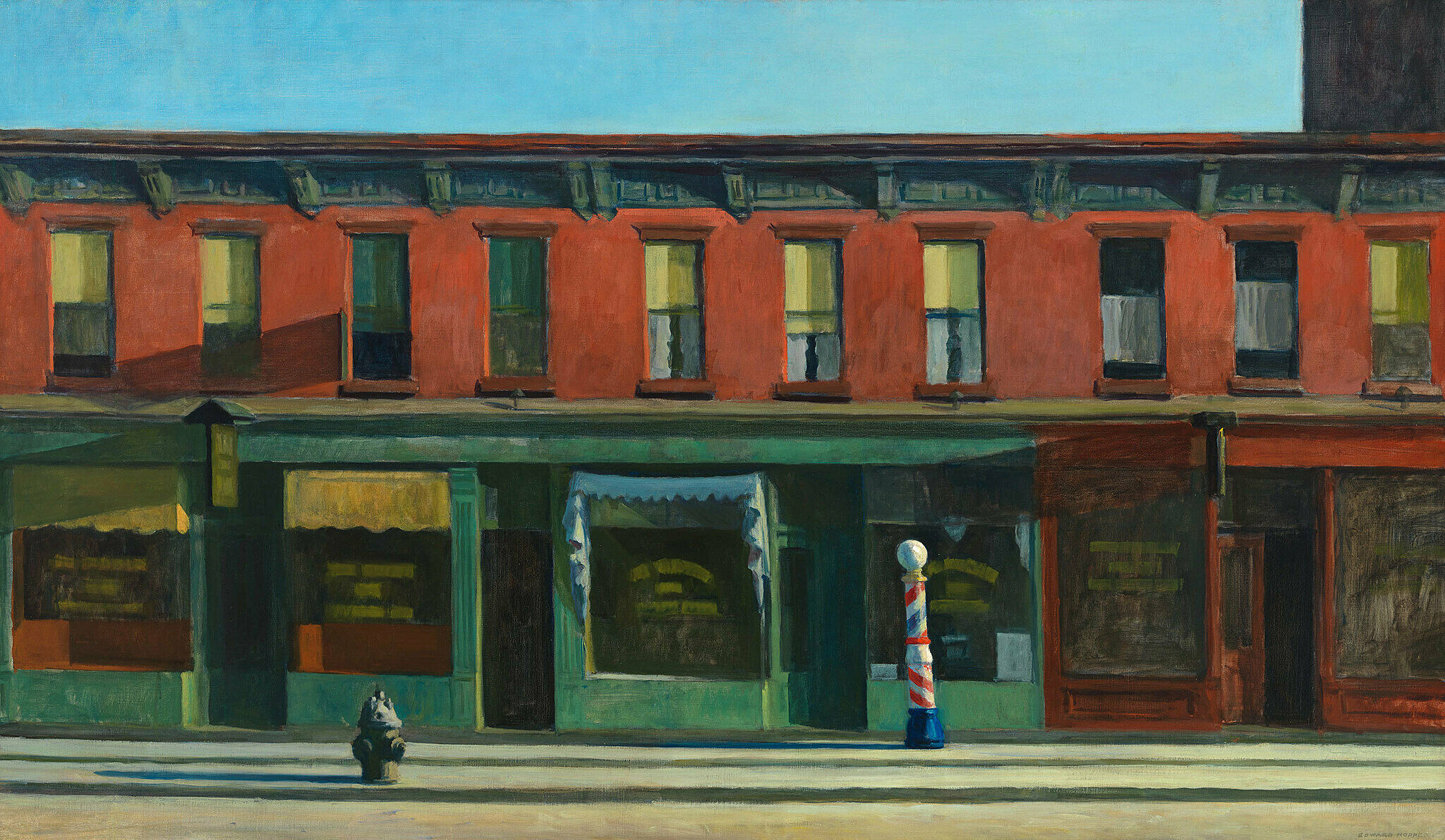
The Whitney’s Collection: Selections from 1900 to 1965
June 28, 2019–May 1, 2025
-
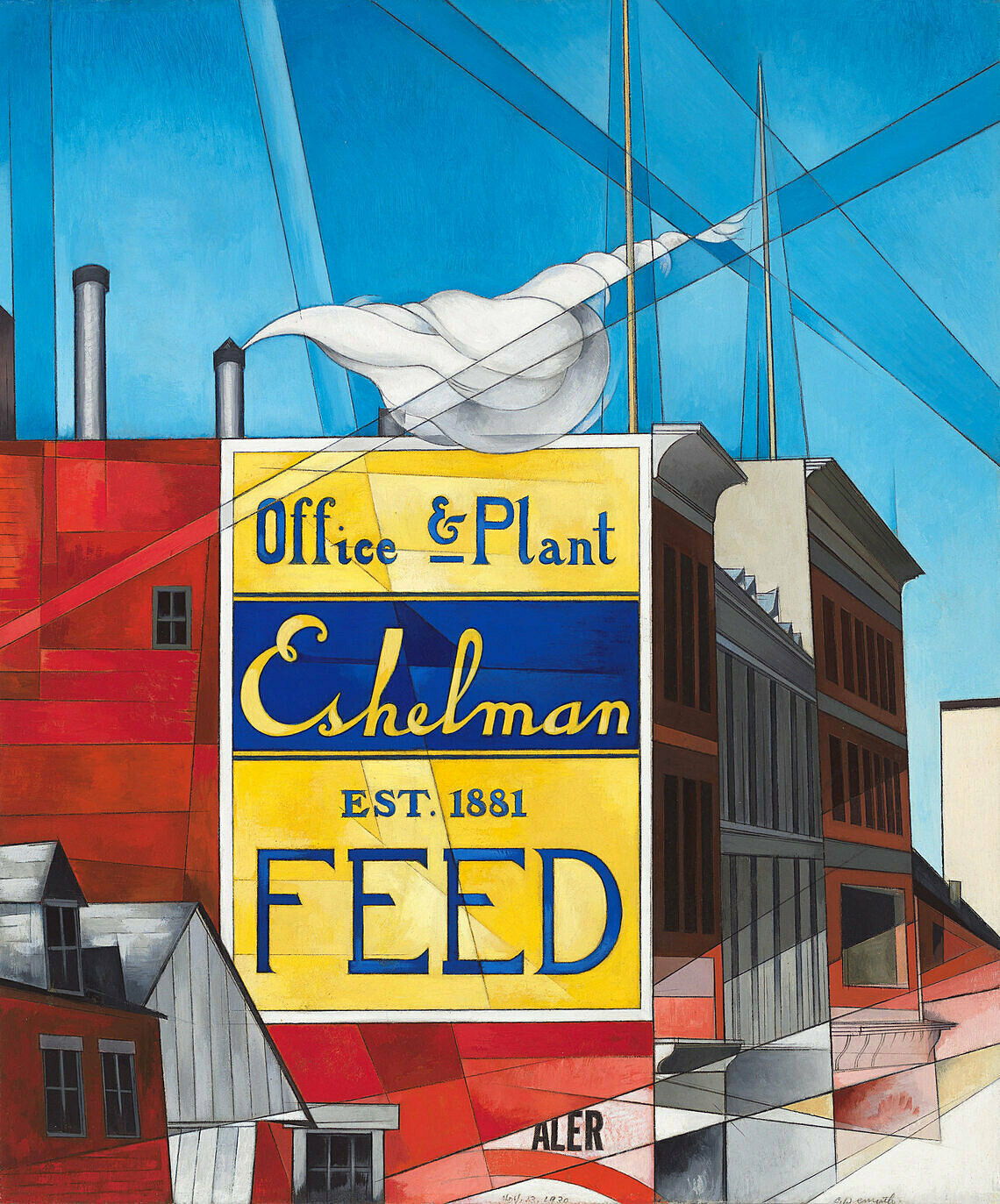
Where We Are: Selections from the Whitney’s Collection, 1900–1960
Apr 28, 2017–June 2, 2019
-
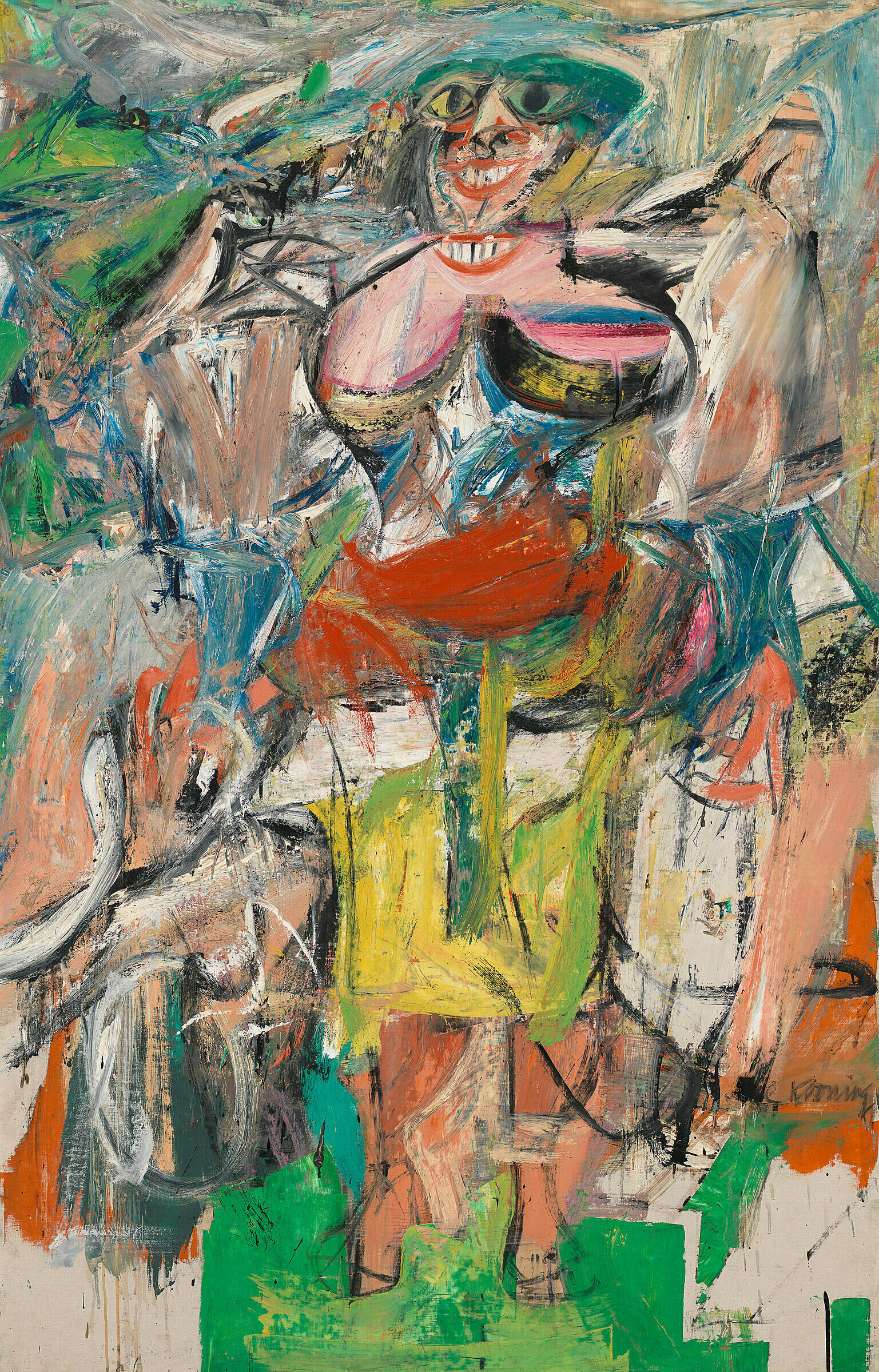
The Whitney's Collection
Sept 28, 2015–Apr 4, 2016
-

America Is Hard to See
May 1–Sept 27, 2015
-
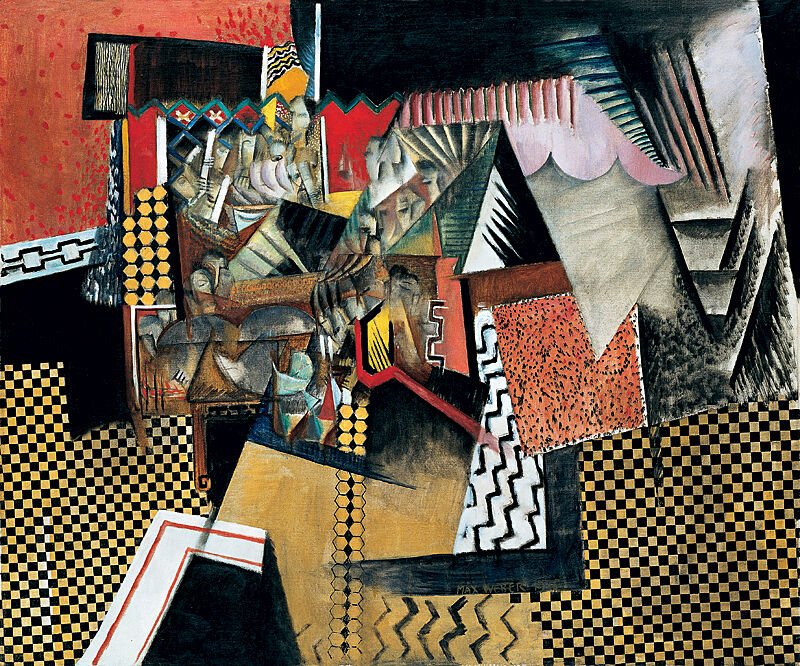
Breaking Ground: The Whitney’s Founding Collection
Apr 28–Sept 18, 2011
-
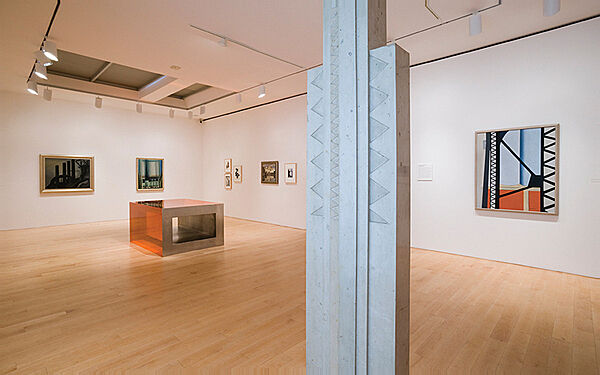
Modernisms
Aug 29, 2007–Jan 13, 2008
-
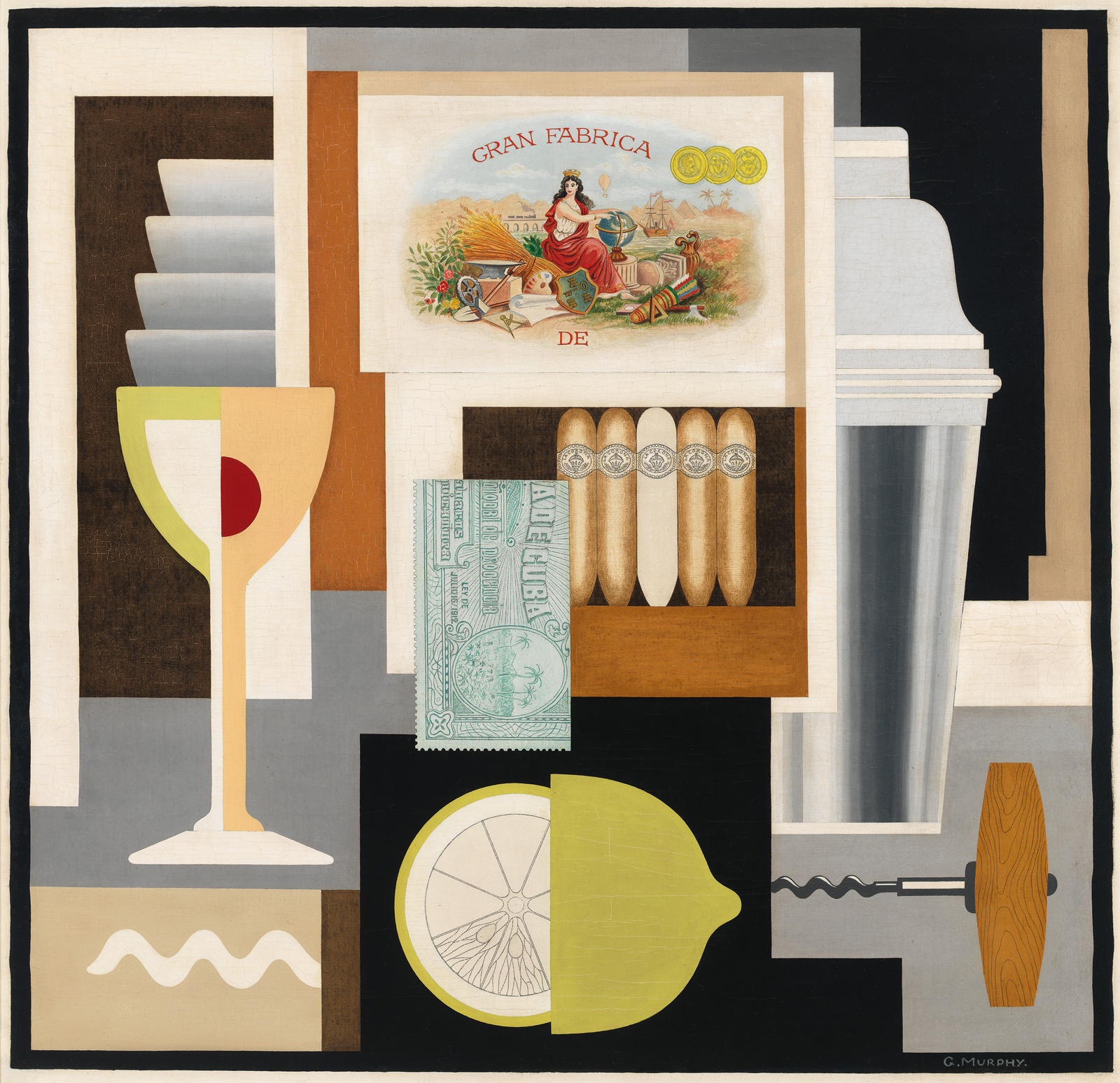
Highlights from the Permanent Collection: From Hopper to Mid-Century
Feb 25, 2000–May 20, 2006
Installation photography
-
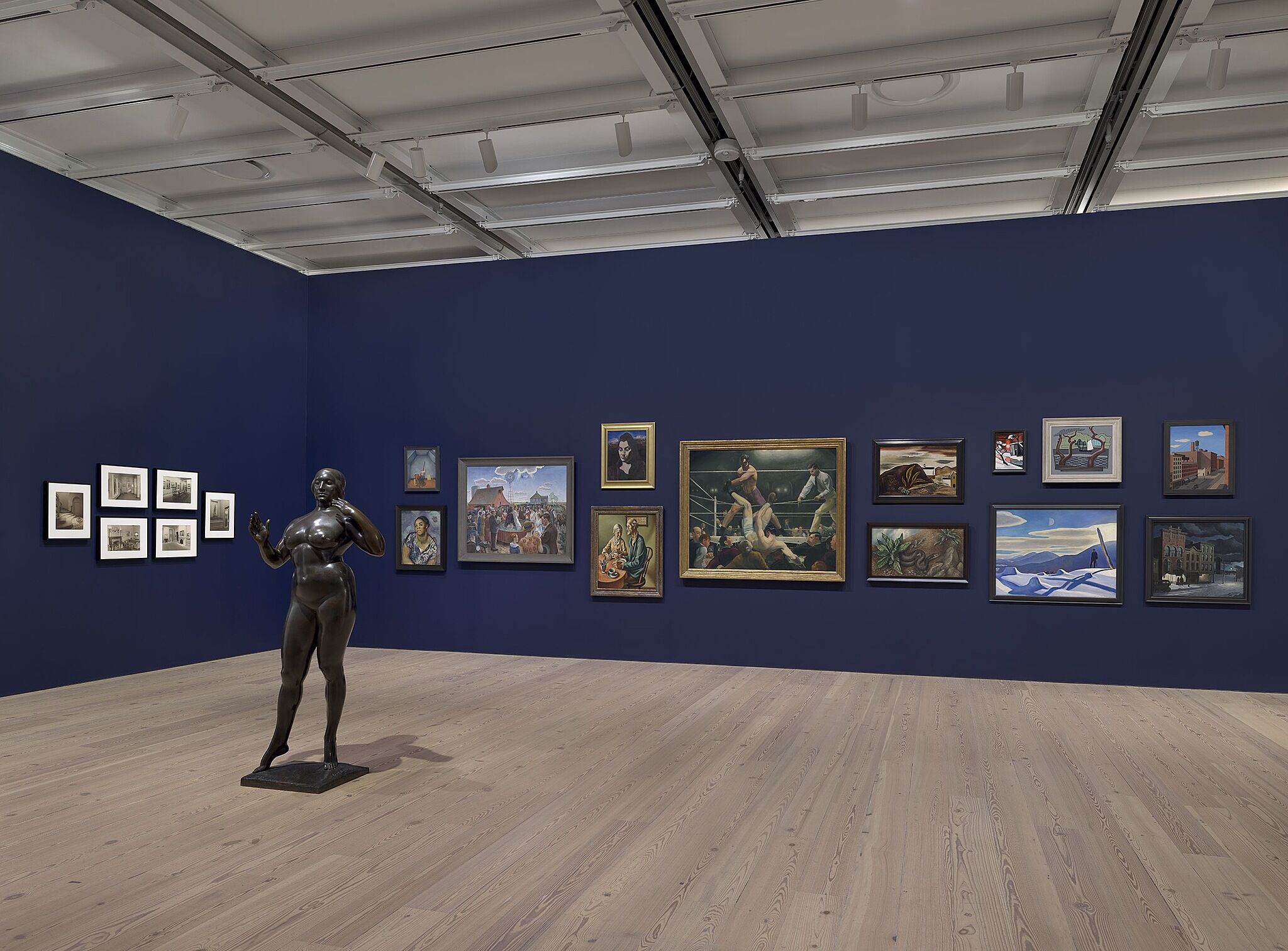

Installation view of The Whitney’s Collection: Selections from 1900 to 1965 (Whitney Museum of American Art, New York, June 28, 2019- ). Left wall: Six photographs by Charles Sheeler, (No title), 1933. Center of room: Gaston Lachaise, Standing Woman, 1912-27. Right wall, left to right, top to bottom: Madeline Shiff, Wiltz at Work, 1932; Anne Goldthwaite, Rebecca, c. 1925; John Steuart Curry, Baptism in Kansas, 1928; John D. Graham, Head of a Woman, 1926; Thomas Hart Benton, The Lord is my Shepherd, 1926; George Bellows, Dempsey and Firpo, 1924; Yasuo Kuniyoshi, Landscape, 1924; Katherine Schmidt, The Snake, 1932; Oscar Bluemner, Last Evening of the Year, c. 1929; Stuart Davis, Early American Landscape, 1925; Rockwell Kent, The Trapper, 1921; George C. Ault, Hudson Street, 1932; Charles Burchfield, Winter Twilight, 1930. Photograph by Ron Amstutz
From the exhibition The Whitney’s Collection: Selections from 1900 to 1965

